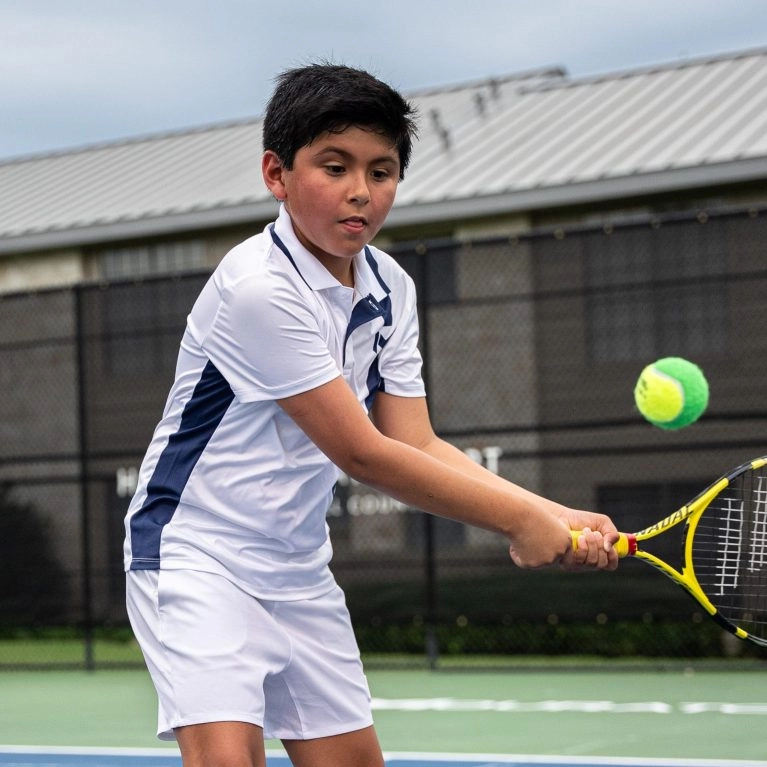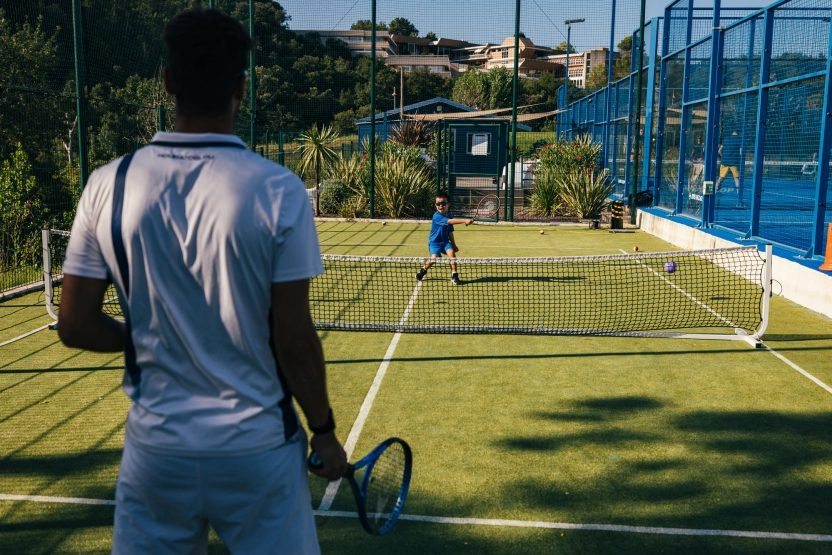
Red balls (beginner level)
These balls, or reds in English, are designed for the youngest players (aged between 5 and 7). They are 75% slower than standard balls and allow players to learn the basics of the game on smaller courts.
– Advantages: These balls are very soft, making them easy to grip and offering maximum control for beginners.
– Surface: These balls are often used on smaller courts, making the game more accessible.













